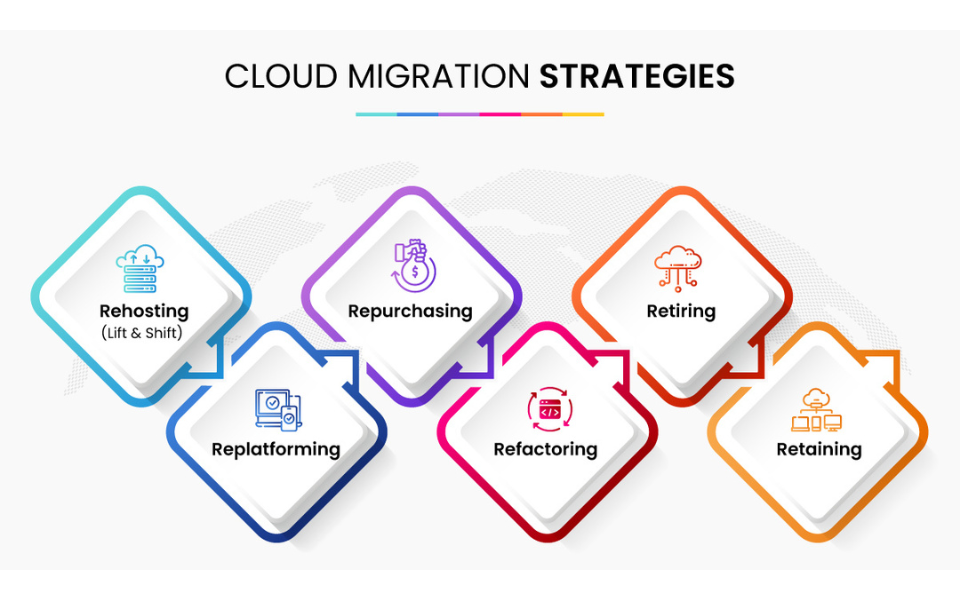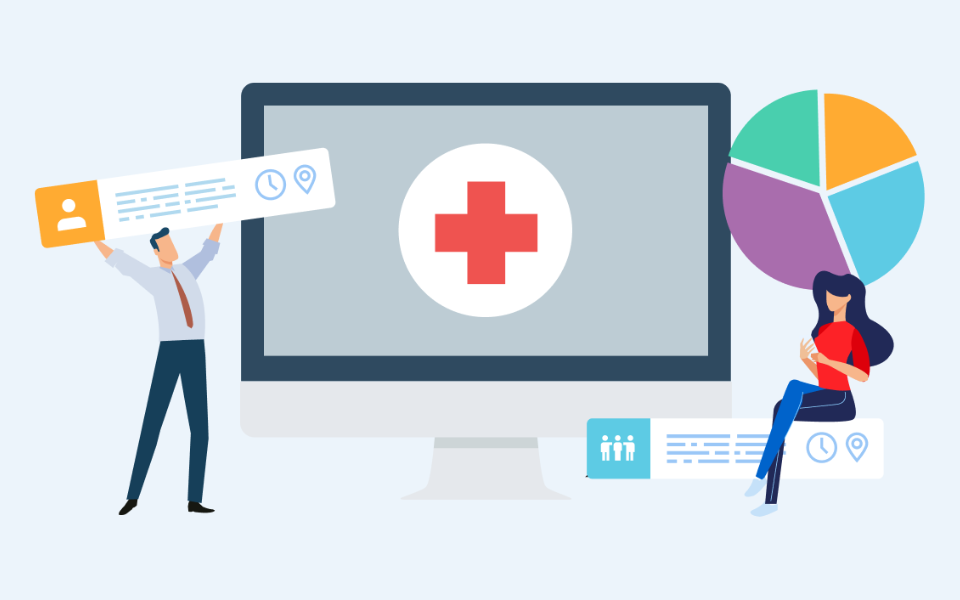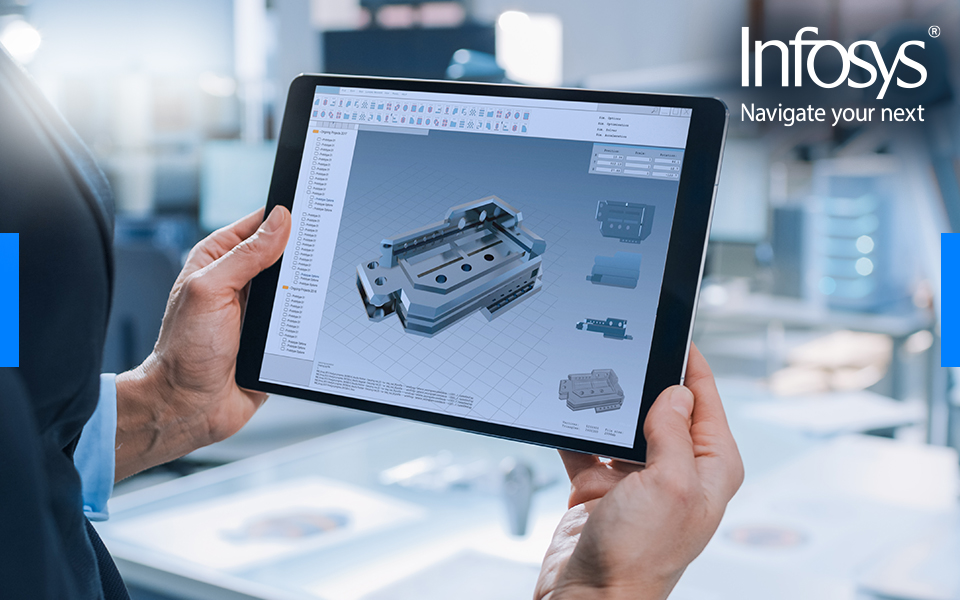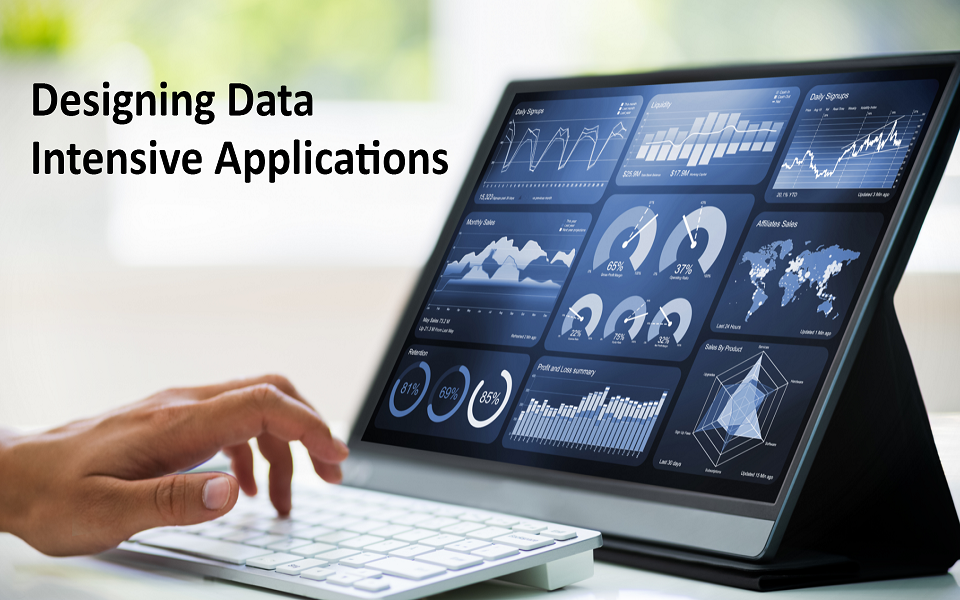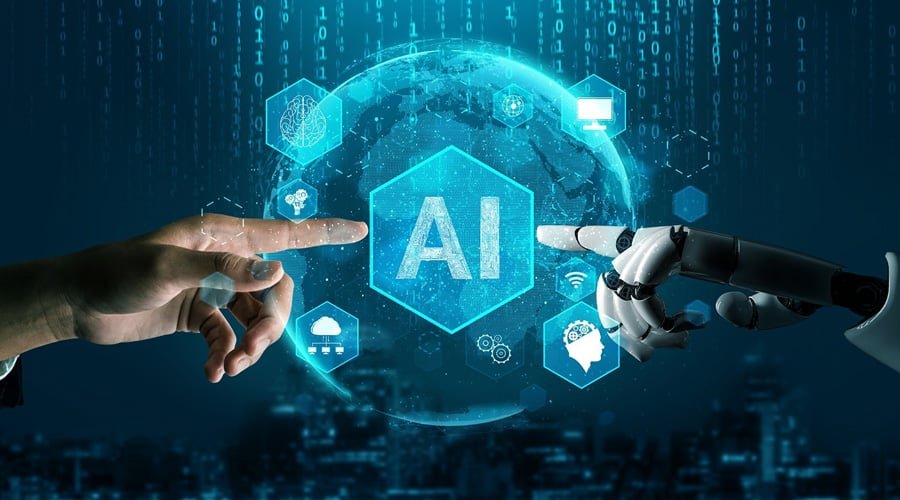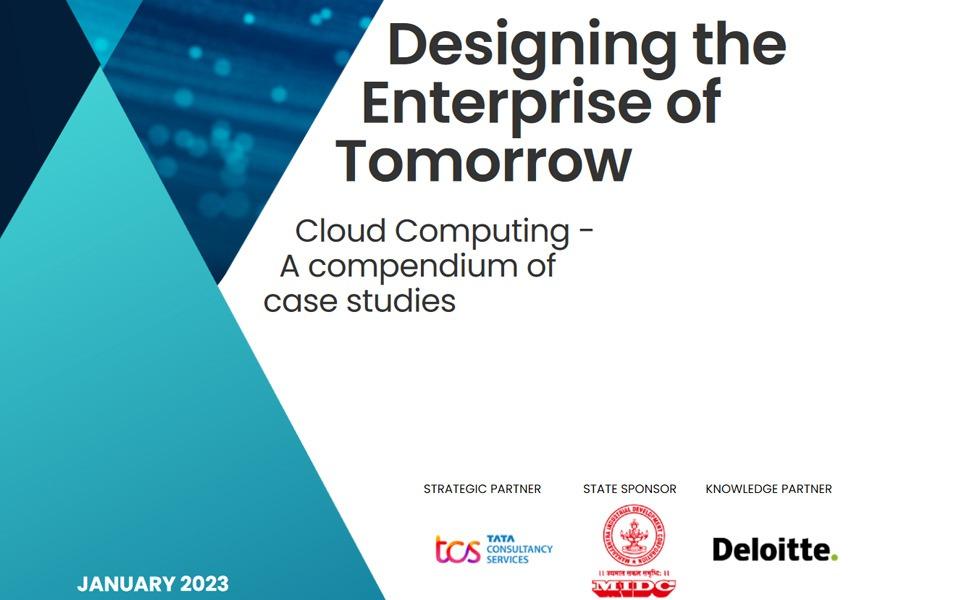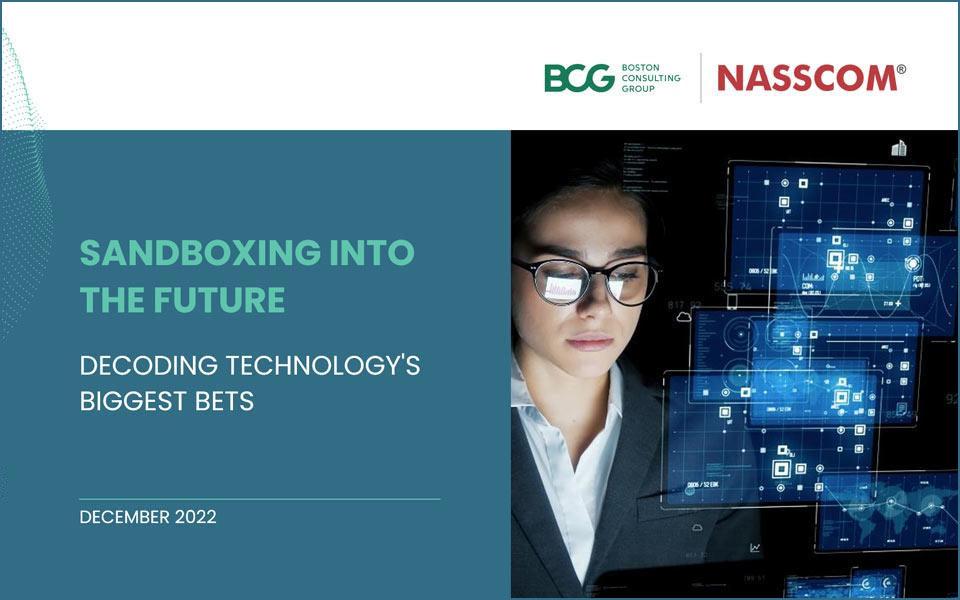Introduction
Hello, world…! Congratulations, you have found your way to the edge, seeking answers on your quest on edge computing. You don’t have to be a geek, neither a techie to understand edge computing it’s an architecture rather than a technology.
Before we jump straight into the topic we will look at the causes that lead to the creation of this architecture
The rise of IoT and internet usage are the main reasons that lead to this architecture, from 2000 to 2020 the internet users have been increased by 1,266%, the increase in the data transferred by the internet is exponentially through these years. There are a lot of issues that comes under these circumstances like Bandwidth, Latency, Congestion
Bandwidth is the amount of data that a network can carry over time, Networks have limited bandwidth this dictates how many devices can have healthy data connections on the network
Latency is the time needed to send data between two points on a network. Sometimes even the speed of light is not enough meaning the data can’t reach the destination for analytics because of large physical networks coupled with congestion or outages
Congestion is the other hurdle that we need to cover, meaning “The internet” the global network of computing devices have been evolved a lot in these years, but when it comes to certain circumstances and scenarios they can be pretty much helpless, as the large volumes of overwhelming data transfers occurring through these times this can cause outages and delay the whole purpose of the data transfer
So these challenges should be tackled accordingly for creating a healthy and reliable modern network, here we look into a scenario that can concrete the need for edge computing architecture
Have you ever wondered why Siri or alexa takes a pause before they reply to you because even though they are in front of you there brain sits far away in a datacenter what happens here is the data that we created by speaking to alexa then travels all the way to the datacenter and then the data will get analyzed and the reply travels back to you, this is one of the scenarios that we encounter each day, here where does the data gets created it is being created by you the person who commands and speak with siri in your living room the data gets created that what we call the source just like that we are the ones who are responsible for creating majority of the data that is being sent,what about self driving cars have you ever wondered how these smart cars now days work so efficiently all with the help of AI and ML but here the delay between the data transfer is vital because the scenario is different the decision making and the analytics should be as quick as possible, the high demand of IoT devices and their use cases have been remarkable these days, all of the things that are being accomplished by these devices just giving a glimpse of how the future will be looking in 50 years from now, requiring less horsepower also being highly efficient, production of these devices are skyrocketing it is one of the major push factor in edge computing and making the architecture possible
While we struggle through the hurdles that I mentioned earlier for that edge computing comes to the rescue we are reducing the computational load of the centralized data centers by providing computing power to where the data has been originally created meaning we install devices with enough computational power that can pretty much make the process quick and efficient in the premise of the data source(in the edge of the network) also making sure to share important information that should be sent to the centralized data center and receive new updates and other data, here we reduce the response time and make the entire process more efficient and effective
As mentioned earlier with low latency in 5G really helps with data communication and processing more effective in edge computing the IoT and AI technology can be seamless with a low response time of 5G network here we can easily leverage these technologies with the help of edge computing architecture
Where Do we need Edge?
Cloud gaming: edge computing is also relevant in the upcoming gaming industry as well edge computing can be revolutionary when it comes to cloud gaming by reducing the distance between applications and end-user with 5G and low latency the future possibility of cloud gaming is limitless
Manufacturing: Here Edge computing can save a lot of money and effort through the intervention of real-time data analytics of machinery these real-time data can be then used for predicting downtime and maintenance due to this the productivity can be much better
Medical industry: which sees the unlimited potential of edge computing architecture here the advancement and the digitalization of the industry can be seen through the uses of sensors and smart devices that can collect valuable data and information in an enormous amount, these can vary from a patient’s heart rate to MRI data with the help of edge computing the automation and machine learning capabilities can be utilized at the fullest
AR & VR: AR (Augmented Reality) and VR (Virtual Reality) lot of new ventures are getting created in this industry and people are very excited about it due to high craving for data transfer and the outdated infrastructure it is not getting a wide range of audience most of the enthusiast believe that with the help of edge computing the whole industry will achieve their target of making this technology accessible for everyone
Retail: Retail industry can greatly benefit from edge computing because of the large data that is being produced house there are sales data, real time business details since the retails can vary according to the local environment we can get valuable insights from here with the help of edge computing architecture making the data possible for quick decision making
Farming: Digitalization of farming is currently a trending subject with the rise of urban farming, here the cultivation of crops are in a closed environment so the data that has been collected during this period through a number of sensors are very useful for reliable cultivation, although most of the time edge computing can be a great option for the farmers rather than centralized approach due to its strategic method of handling data that should be needed in time oriented manner
Transportation: As we mentioned earlier, data that has been produced by the sensors and AI & ML magic can be tricky. Sometimes most of autonomous vehicles produce Terabytes of data that can be heavy. these data should get analyzed and aggregated in real-time while the vehicle is in motion, this can be like speed, road condition, vehicle condition where the data transfers should be minimal as possible because large data transfers are not as possible in these circumstances
The possibilities of edge computing can be seen in the nearby future through smart cities, smart grids, etc…
Edge of the cloud
In the modern era of computing we know that the cloud is taking over the traditional on-premise infrastructure, from an edge computing perspective we should understand that in cloud architecture the storage is mostly centralized in a data center rather than a broader decentralized approach in edge computing however we can use both of these new features and combining them can leverage a lot, both of these technologies are not interchangeable meaning one cannot replace the other while edge computing architecture is useful for more time-sensitive data rather than having a non-time driven approach in cloud computing
Sometimes edge computing can be a great solution if an environment lacks efficient data connection to reach a centralized data center, but it doesn’t any way or form replaces cloud computing because edge computing is a topology and cloud computing is more of a style of computing, while in other scenarios where a large amount of computational power is required also the lack of ability to accommodate physical machines are the easiest method of shaking hands with cloud computing in most of the cases according to the industry and we can combine them and get maximum of both. Each of them can complete one another in a larger spectrum.
What is Required for Edge Computing?
As we discussed earlier edge requires a bit more rather than creating an account in a portal and create resources like clouds, there are a few elements that I have found
Physical Locations: The Physical appearance of the edge cannot be ignored; the edge represents that cannot be logically or virtually created we need local storage and computing power here.
IoT: Basically things that are essential for collecting data from a microsensor to a fully functional traffic system are pretty crucial to the edge computing architecture from here where the majority of the data will be collected
Connectivity: Yes, even though we have talked about edge a lot earlier edge computing doesn’t simply mean it is an isolated topology, it needs connectivity for the refined data to be sent and received for more processing and updates 5G with NB-IoT-Like low power and the bandwidth is better than LTE coverage and the bigger the bandwidth is the better network for edge computing
Key Capabilities of Edge Computing
Below there are a few key capabilities of edge computing offers
Real-time analytics: I think one of the high demanded requirements of the leading industries is real-time analytics lacking the infrastructure for this requirement made the enthusiast to drive Forward to edge computing due to efficient local storage this can be achieved pretty easily and with this capability, we see a flourishing future of edge computing
Network Performance: Making data transmission more effective in real-time edge computing can offer an ultra-speed network that can fulfill the consumers need, the strong network connection can be vital for the operations also making the important, critical data closer to the end-user the enhanced user experience is really appreciative
Automation: Repetitive tasks can be boring and counterproductive affecting working culture in negative manner automation can eradicate these problems and be error-free and with the help of edge computing we can make these tasks more effective and robust
Flexible Deployments: Having an advantage of decentralized computing infrastructure can be useful when it comes to deployments, meaning we can leverage the edge computing ability to fetch real-time data and making sure the deployment is reliable and secure
There are multiple factors that predict edge computing as a critical part of the computing infrastructure of the future, I would really like to thank you for bearing with me through this blog hope I have helped you in your quest and provided some light along the way see you next time with another interesting topic








